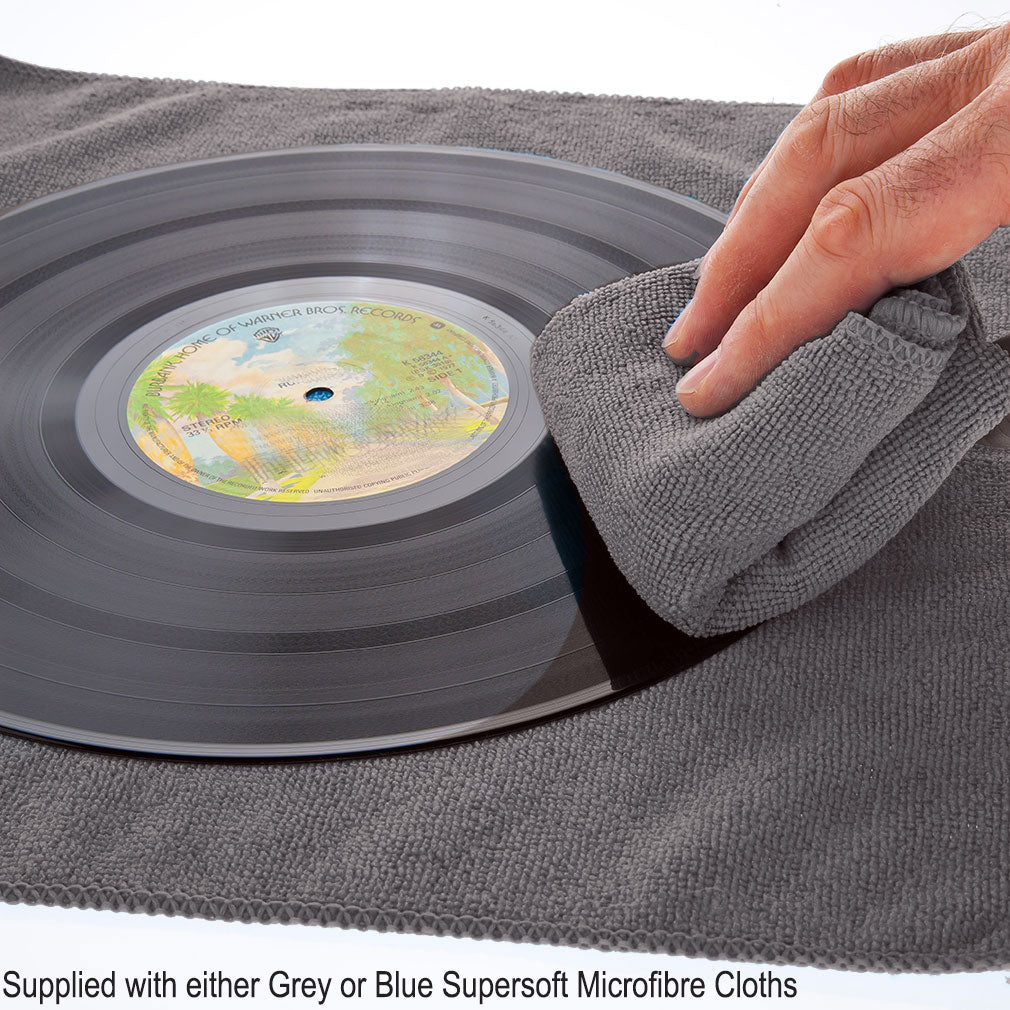All things vinyl — vinyl record cleaning
Refurbishing a Thorens TD160 – An impulse Purchase
You know how it is, you make an impulse purchase on eBay. I did. It was a tatty old Thorens TD160 deck. It was in a poor state and was only fit for parts, but it was cheap. From memory around £25-30. My intention was to restore it to its former glory. That was ten years ago.

A couple of months ago, I finally retrieved it from the loft and decided to follow through on that rash decision.
As you can see from these pictures,...
Cleaning vinyl records, a traditional felt brush or an audiophile quality cloth?
The Science of Sound
To better understand the relationship between the humble record groove and the stylus, it’s useful to go back to the basics of how sound works.
How the human ear perceives sound
Sound is a form of energy that travels through the air in the form of waves. When sound waves reach the human ear, they cause the eardrum to vibrate, which in turn sets off a chain of events that allows us to perceive sound.
The human ear is made up of three main parts: the outer ear, the middle ear, and the inner ear. The outer ear is the...
A brief history of vinyl records
Vinyl records have a rich and interesting history dating back over 100 years. Here is a timeline of some of the key moments in their development:
Late 19th century:
The first commercial sound recordings are made on cylinders and disks made of materials like wax, tin, and celluloid. Thomas Edison, the famous American inventor, is credited with creating the first commercially successful sound recording device, the phonograph, in 1877. The phonograph used a cylindrical wax cylinder wrapped in tin foil to record and play back sound. Edison's phonograph was primarily used for recording and playing back spoken messages, such as...

